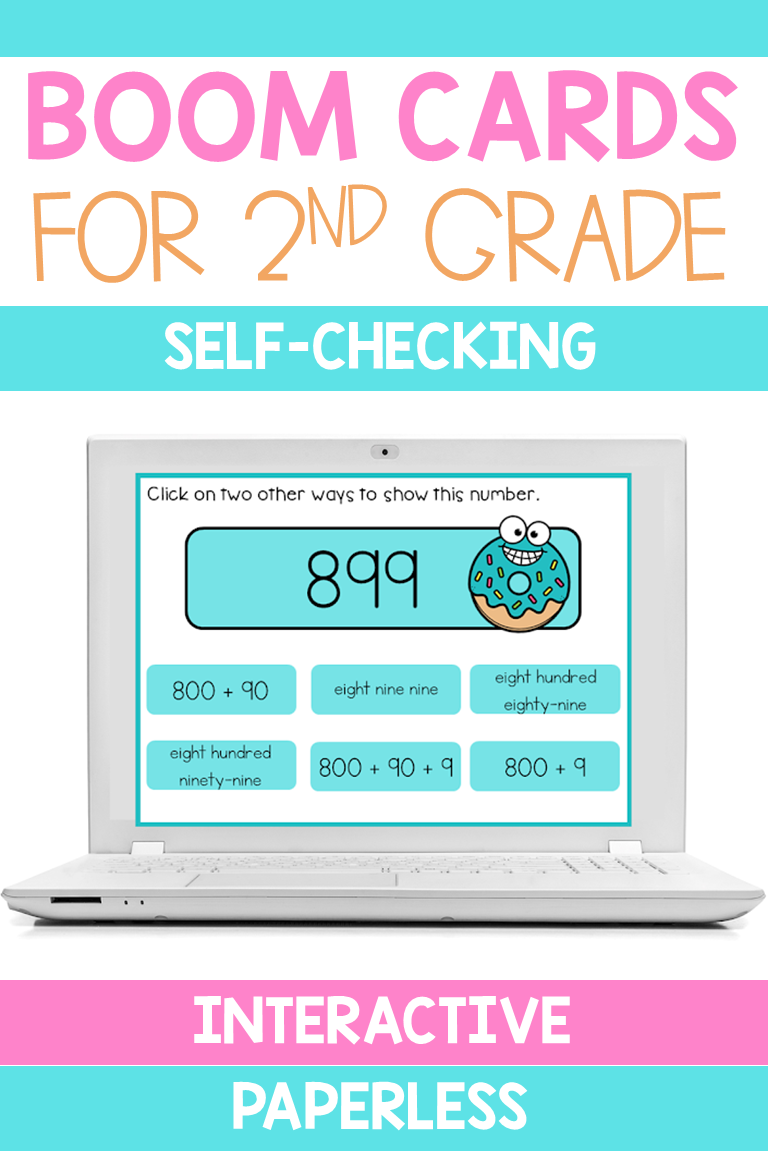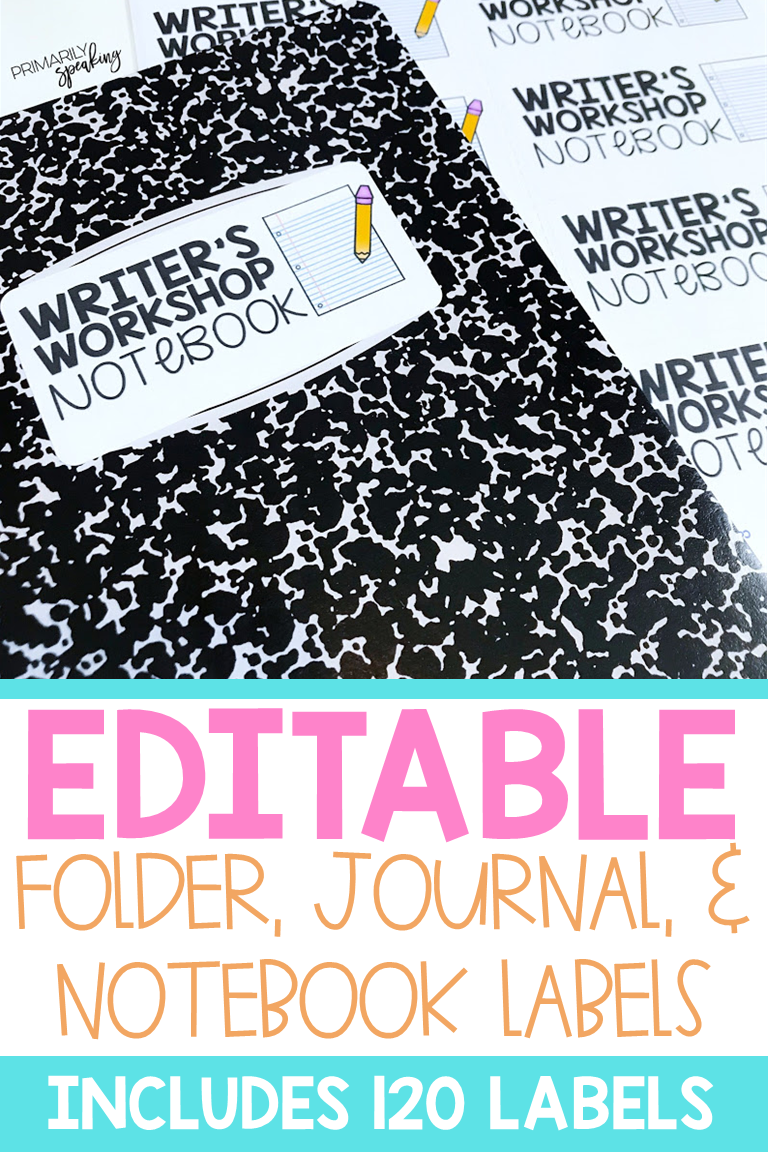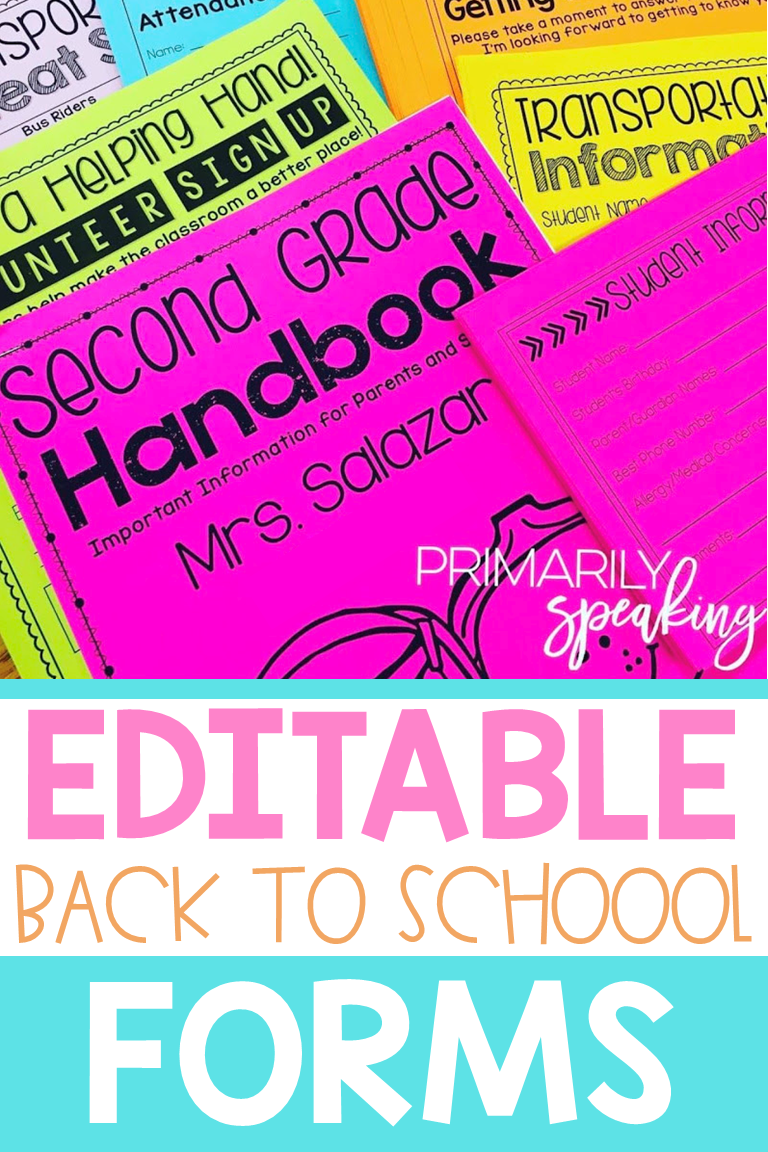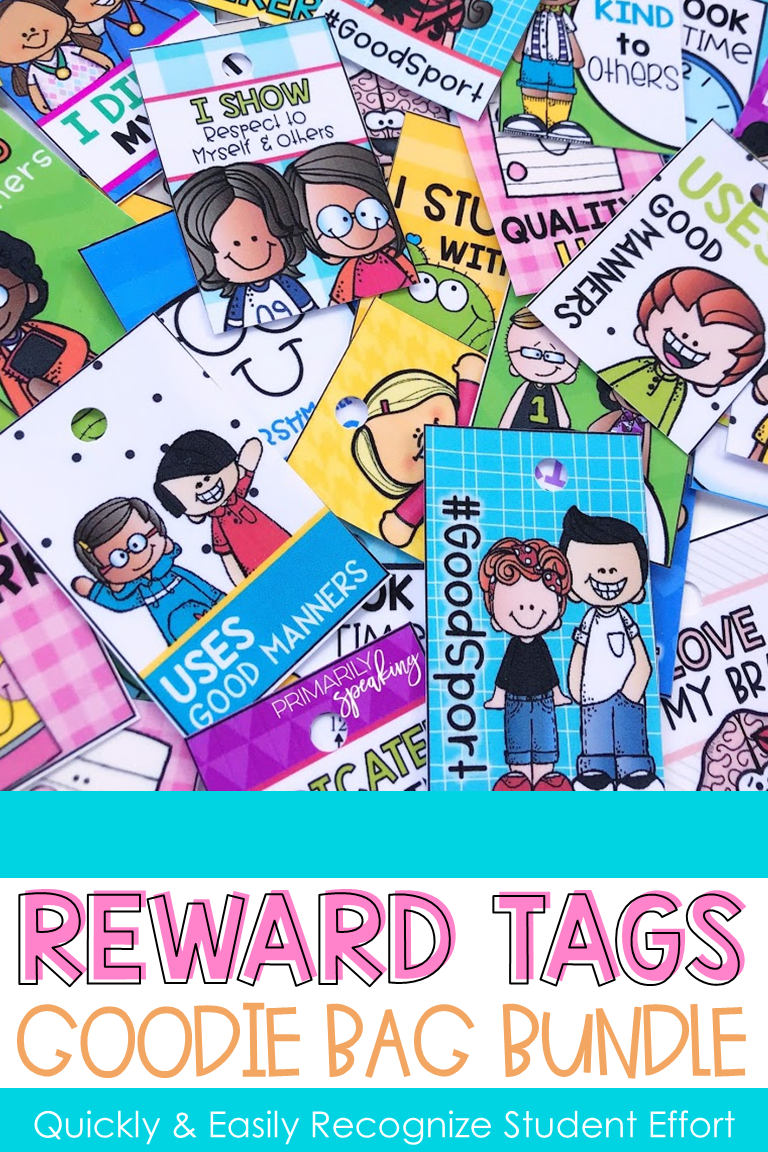I have had iPhones on the brain for a while. And because I've had them on the brain, I decided to have a little fun with them in the classroom.
So, why do I have iPhones on the brain? (Bear with me, this is leading up to the alliteration portion of this post). Let me show you:
Clearly, it is time for a new phone. Sadly, the extremely pathetic state of my poor phone is nothing new, it's been this way since last May-a whole year prior to upgrade eligibility. I have been waiting and waiting to replace it. Thankfully it still works!
So, in my ongoing obsession over my phone, I came up with the idea of using an iPhone to teach alliteration.
Now, I realize that the phone does not necessarily lend itself to alliteration, but there is certainly some fun to be had with the whole concept of texting! So, that's what we did! We created some alliterative text messages! Here is one example.
I like to use the book Superhero ABC to introduce the concept of alliteration. The kids are always instantly hooked and laugh at almost every single page. The illustrations are very superhero-y and the phrases the author uses to describe each hero not only demonstrate the use of alliteration, but are quite funny and silly.
As I read the book, I stopped periodically to point out that I noticed that each page featured a phrase with several words that began with the same sound (or same letter). When I was finished reading the book, I explained that the author used alliteration to write each phrase and then explained that concept. Then, we worked together to write some alliterative sentences together on the board (oops, forgot to take a picture of that).
Next, I told the students that they would be writing their own alliterative sentence, iPhone style. I showed them this iPhone template and explained that they would write their sentence as a text message. We used think/pair/share to brainstorm ideas before actually getting started. This is the rough draft text screen that they used.
They wrote their sentence on the lines. At the end of the activity, they read their sentences to a few classmates. I collected their rough draft texts and checked them for spelling (I always edit their spelling for them when we hang work up on the board, of course, that doesn't always mean that they spell correctly on the final draft-hehe). Finally, the students rewrote their text message on this template.
Then, they colored their message blue, just like on a real iPhone, and glued their "screen" to a "body."
Before displaying all the iPhones on our bulletin board, I let each student read his/her sentence to the class. Fun was had by all! Some of their sentences turned out super silly. And, most of them wrote about a favorite book or TV character.
You can grab all of the templates for this activity by clicking
here.
I hope you can use this idea in your classroom!
P.S. In case you were wondering, I was able to get myself a new phone. Thank goodness for early upgrades! All is well with the universe now.
DON'T FORGET IT: PIN IT!
Toodles!



































